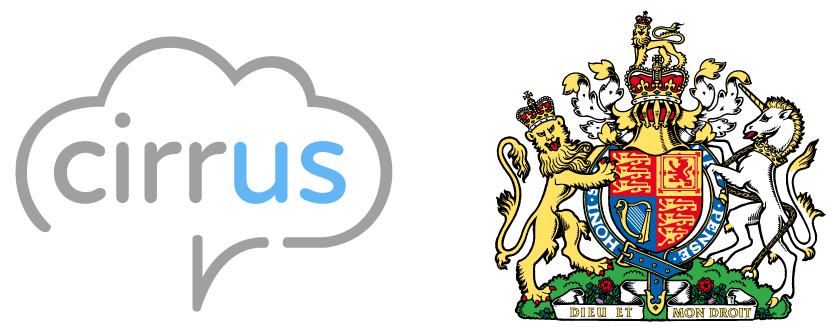Contact centres have long been at the heart of customer service excellence. However, their role has recently expanded far beyond simply answering calls; they’re now communication hubs for building relationships, solving problems, and keeping customers happy and loyal. This shift is largely thanks to the adoption of Customer Relationship Management (CRM) systems, which have become essential for managing customer interactions effectively and with a personal touch.
CRM systems aren’t just databases; they’re the backbone of a customer-focused approach. They help businesses understand their customers, their needs, and how to serve them best. However, as customer expectations have risen, so has the need for CRM systems that do more than just store information. This is where integrated contact centre CRMs come in, offering a way to pull together information from various touchpoints into one place. These systems offer a complete view of the customer’s journey by bringing together information from emails, calls, chats, and social media. This ensures that no matter how a customer gets in touch, the service they receive is informed, consistent, and personal.
Benefits of Integrated CRM for Contact Centre Solutions
CRMs offer many benefits to agents, management and customers. Here are some of the most notable.
1. Next Level Omni-channel Customer Service
One of the keys to standout customer service is consistency, whether a customer sends an email, makes a call, reaches out on social media, or starts a chat. Integrated CRMs are at the heart of this seamless service, bringing together all these channels so that no matter how a customer gets in touch, they receive the same high level of service. For contact centres, this means happier customers and tangible benefits like quicker call handling and more issues resolved on the first contact.
2. Centralised Data for Personalised Interactions
Imagine knowing exactly who you’re talking to, their history with your company, and what they need from you, all from the moment they get in touch. That’s what integrated CRMs offer. They pull together details from every interaction to create complete customer profiles, enabling agents to provide service that feels personal and attentive. When Peter instant messages his mobile phone company and follows up with a call, and contact centre agent Sam picks up, Peter expects Sam to know who he is, where he’s from, what reason he last made contact and what his preferences are. This level of personalisation significantly boosts customer satisfaction, as customers feel genuinely seen and understood.
3. Streamlining Contact Centre Operations
Integrated CRMs do a lot of the heavy lifting behind the scenes. By automating tasks like ticket routing and scheduling follow-ups, CRMs make the day-to-day running of a contact centre smoother and more efficient. This speeds up operations and frees up agents to focus on what they do best: helping customers. The result? More productive agents and better customer interactions.
4. Mining Data for Strategic Insights
With an integrated CRM, contact centres can turn data into decisions. These systems offer analytics that provide clear insights into customer behaviour, preferences, and the common issues they face. This information is gold dust for improving service strategies and engaging customers more meaningfully. For example, if data shows customers prefer contacting via live chat over phone calls, a contact centre can adjust its resources accordingly.
5. Collaboration and Knowledge Sharing
Contact centres are bustling places, so keeping everyone on the same page is crucial. Integrated CRMs play a central role here, encouraging teamwork across departments and among agents. This collaborative approach ensures that no matter who picks up the phone or responds to a message, they’re fully informed and can provide consistent service. This not only smooths out the customer experience but also builds a more cohesive and supportive workplace culture. There’s nothing worse than being transferred from one department to another and starting the whole engagement again!
Contact Centre CRM in Action
Below are some real-life examples of how CRM features work in practice, solving customer issues and improving contact centre operations:
- Consolidated customer data keeps all information details in one place, making it easier to help each customer personally. For example, a retail company segments customers for targeted sales promotions.
- Scripting helps your team know what to say during customer chats, making conversations smoother. A contact centre that uses tailored scripts improves its customer service ratings.
- Ticketing makes it simple to see and solve customer questions quickly. For example, An IT support company tracks and resolves customer issues faster, boosting satisfaction.
- Agent workflows help your team do their jobs better without getting bogged down. For example, a health insurance company reduces call handling times, improving customer experiences.
- Secure Payments allow customers to pay easily without worrying about security. An online retailer can increase sales conversions with a secure and seamless checkout process.
- Happiness Customer Index enables you to find out what customers like or dislike, so you can make them happier. For example, a public sector service uses feedback to introduce an app, improving service levels.
Overcoming Implementation Challenges
Changing CRM or implementing something from scratch is not without its hurdles. Many contact centres face challenges such as staff resistance to new technologies, the daunting task of migrating vast amounts of data, and budget constraints. Training is a key component, and comprehensive programs that not only familiarise staff with the new system but also highlight its benefits for agents and customers are needed.
Best practices for a smooth transition include starting with a clear strategy that involves all stakeholders, from IT to frontline agents. Engaging a change management team can help address concerns and promote organisational buy-in. Also, phased implementation and ongoing support can ease the transition, ensuring everyone is confident in using the new system to its full potential. Everything starts with a business case.
The Future
AI holds the key to advancing CRM use across contact centres. Thanks to advanced analytics and automation, these systems will further streamline processes and offer hyper-personalised customer experiences. Embracing an AI-driven CRM could be the game-changing next step your business needs to stay ahead in a competitive market. Visit Cirrus to discover how our contact centre CRM can help you improve your operations and deliver improved customer experiences.




